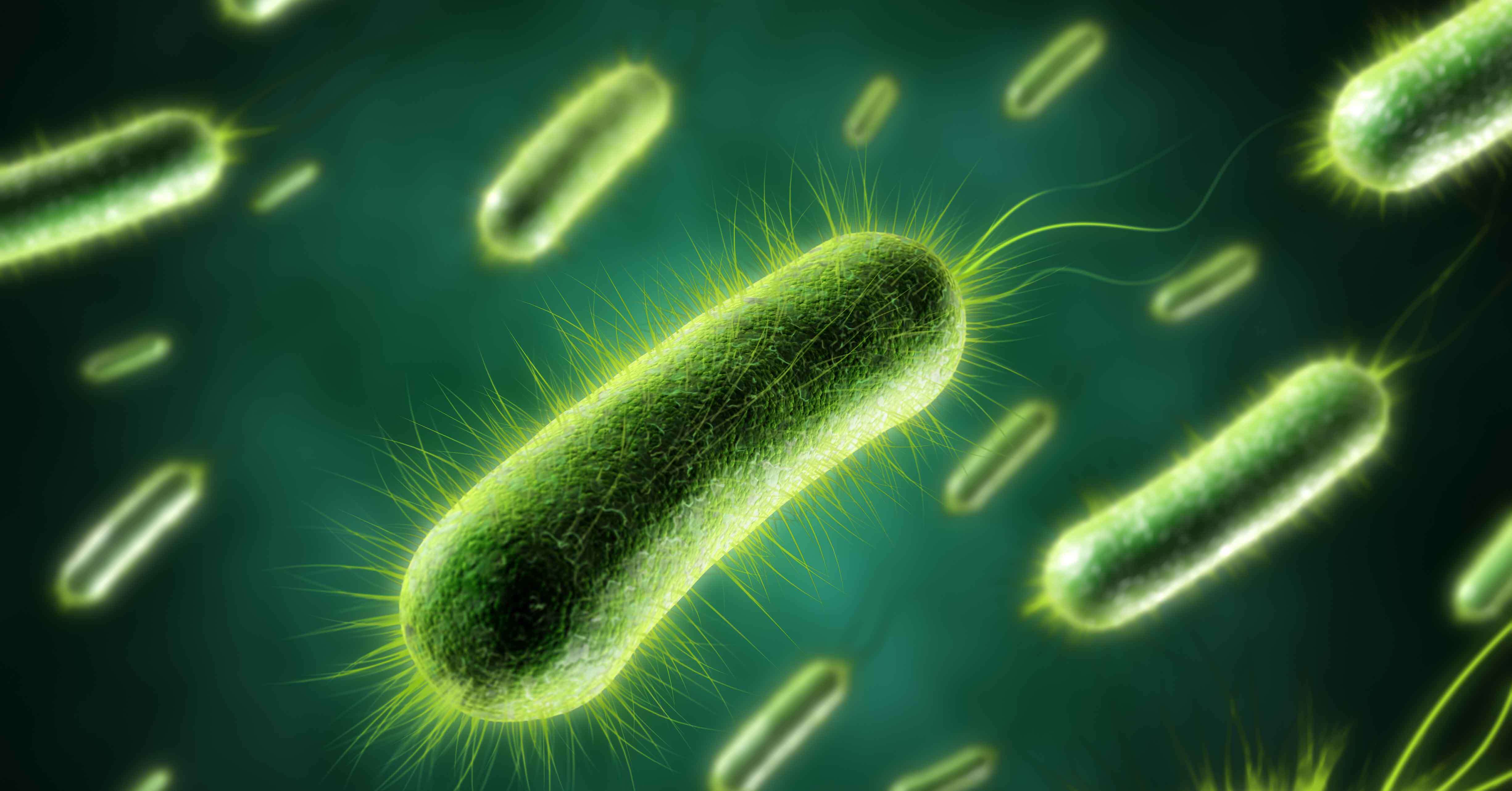How To Make Dakin's Solution

We must ensure we provide wound intendance treatments based on solid medical rationale and science or clinical testify.
This applies to wound care clinicians, especially certified wound intendance clinicians, and includes all aspects of wound care — even applying Dakin's solution and acerb acrid.
Unfortunately, in my 25 years of wound care feel, I still see many practices that do not meet those criteria. I am guilty too.
Dorsum in the early on days of my wound care career, I promoted practices that didn't meet those criteria because I trusted the clinicians instruction me were doing the right thing.
However, I began to question things as my knowledge grew. Subsequently doing the research, I was shocked to learn some tried-and-true practices weren't and then tried and true afterward all.
In this web log mail, nosotros delve into one of those methods — the apply of Dakin's solution and acetic acid in wound care.
Allow's review Dakin's solution
Dakin's solution was first developed in World War I through a collaborative effort between English language pharmacist Henry Dakin and French surgeon Alexis Carrel.
They developed the sodium hypochlorite solution and an apparatus that continuously instilled the solution because of its short-acting antimicrobial backdrop.
Dakin'southward solution is available in iv strengths:
- 0.5% (full strength)
- 0.25% (half strength)
- 0.125% (quarter strength)
- 1/40 (0.0125%)
Only 0.0125% is not-cytotoxic to tissue and cells.
Total forcefulness is only recommended past the U.S. Centers for Illness Control and Prevention (CDC) for disinfecting surfaces because this is the lowest forcefulness that volition not harm skin, according to an commodity in the periodical Advances in Skin and Wound Care.
The current antimicrobial testing on half- and quarter-forcefulness solution has just been washed in-vitro, which does not correlate with clinical effectiveness in wounds.
There are no clinical studies that quantitatively measure bacterial levels in wounds after handling with Dakin'due south, only that the wounds showed improved healing.
Dakin's solution condom
To assume that means "it must accept reduced the bacteria" is poor critical analysis of the data. 1 should never assume.
As a matter of fact, the U.S. Food and Drug Administration (FDA) has not found half-force Dakin'due south to be safety and effective. The FDA clearance for commercial quarter-force Dakin'due south solution states the sodium hypochlorite acts as a preservative within the solution, and there is naught well-nigh directly affecting microorganisms within the wound.
With all this obvious evidence — or lack of — regarding the utilise of Dakin'due south solution, there are other questions you besides should consider.
- What strength did Dakin and Carrel utilise in their do? I wasn't able to observe a resource to confirm this.
- Why are we only applying ane to ii times a twenty-four hours when they did continuous instillation?
- What is the effect in chronic wounds since Dakin and Carrel simply used information technology on acute wounds?
Though Dakin's is probably the best-known sodium hypochlorite production, it is non the but one. Hypochlorites exist in other forms, including non-cytotoxic products such as Anasept cleansers.
Allow'due south explore acerb acid (vinegar solution)
Acetic acid is a mixture of vinegar and water. Standard vinegar is about a four% acerb acid concentration.
Vinegar's use tin can exist dated dorsum to third century B.C. in the area of alchemy. It wasn't until the early twentyth century that we find acetic acid being introduced into wound care.
Many unlike concentrations have been used — from five% to equally low equally 0.25%. Show has established that a minimum of 0.five% is necessary for effective antimicrobial effects, but almost studies accept used a 1% concentration, with some upwards to 3%.
Acerb acid has a 2-fold upshot in that information technology kills microorganisms and decreases the pH of the wound. A healing wound generally has a pH closer to neutral.
Using acetic acrid would lower the pH to inhibit bacterial growth (one% acerb acid has a pH of ii.4) versus higher wound pH that is friendlier to bacterial growth, according to research by the Indian Journal of Plastic Surgery. Its cytotoxic effects are conflicted in that acerb acid is cytotoxic in vitro, but in vivo studies were not conclusive.
Questions on acetic acid studies
Studies have shown it to be effective against pseudomonas in burns and skin infections.
However, upon closer assay of methods used and conclusions, a couple of significant issues with the acetic acrid studies became quite evident.
- First, they either used a swab culture, which cannot quantitatively mensurate bacteria levels in a wound, rather only what is nowadays. Or they didn't specifically mention how they arrived at the "reduction or emptying of bacteria," the Indian journal noted.
- Secondly, some studies concluded they "eliminated" the bacteria in the wound. The challenge with this notion is it suggests "sterilization" of a wound is possible. We know from existent-world science that sterilization of a wound is impossible, and reduction of the leaner is our best hope.
Although employ of these agents has been promoted for decades as effective antimicrobials, the prove does not deport that out.
The common response of "I have used it on many wounds and it works" is anecdotal, which is not real evidence. Our patients deserve the best 21st century wound care we tin provide.
Have our online Peel and Wound Direction course to acquire more.
Source: https://blog.wcei.net/acetic-acid-dakins-solutions-proper-wound-care

0 Response to "How To Make Dakin's Solution"
Post a Comment